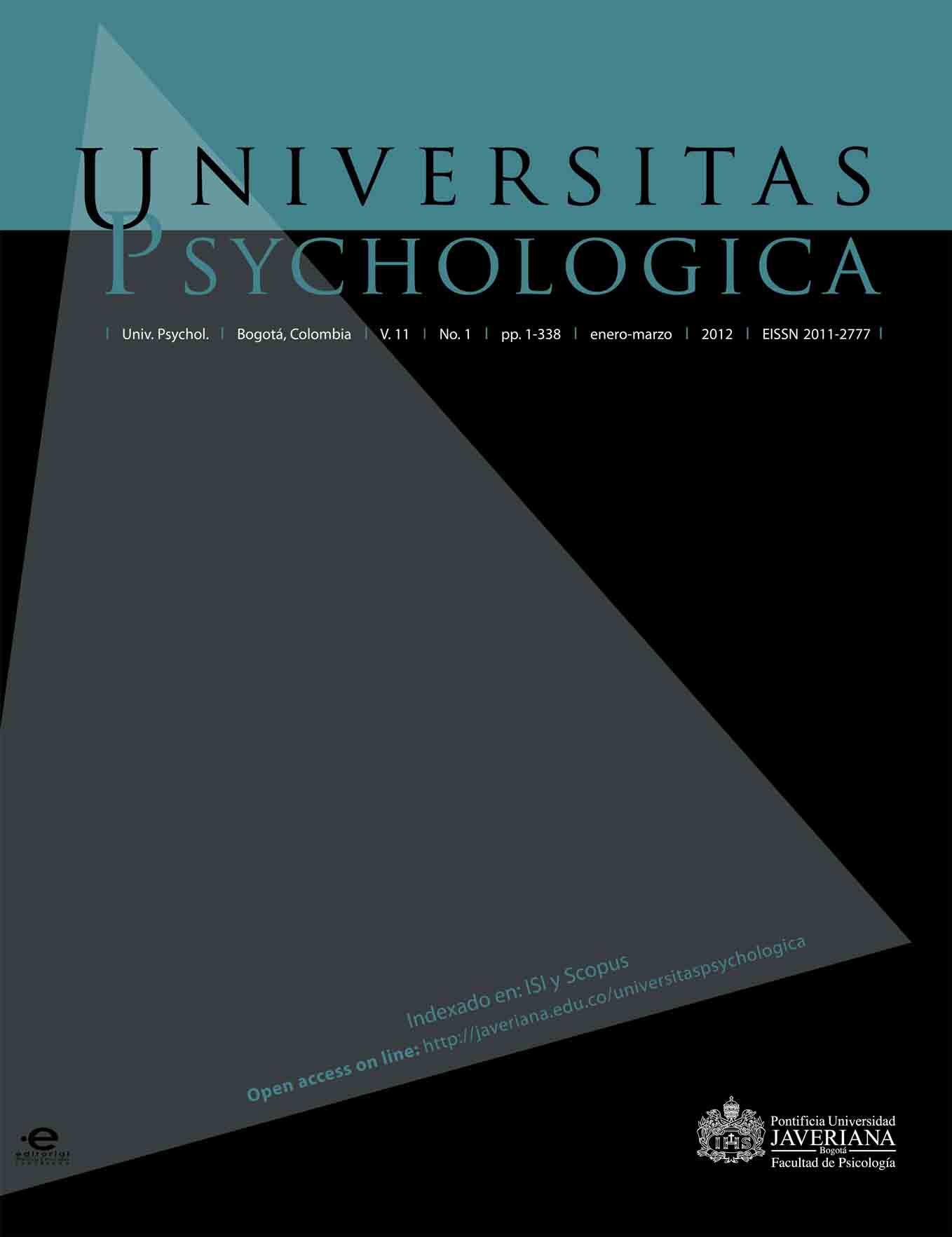Abstract
Research on peer aggression (bullying) places emphasis on individual characteristics of aggressors and victims, and scarcely on context variables. This article provides evidence of classroom climate acting as predictor of perceived peer aggression. 444 students enrolled in sixth, seventh, and eight grade were administered instruments measuring self-reported and peer-reported intimidation and victimization. We analyzed the effect of classroom climate on these indicators. For intimidation, the regression model proved significant even after controlling for socioeconomic status, and explained 40.1 % of variance; and for victimization, 33.5 % of variance. Specifically, the dimensions of classroom climate associated with peer aggression were friction, satisfaction, and competitiveness. These results are discussed within the framework of research on peer aggression from a social-ecological perspective.
This journal is registered under a Creative Commons Attribution 4.0 International Public License. Thus, this work may be reproduced, distributed, and publicly shared in digital format, as long as the names of the authors and Pontificia Universidad Javeriana are acknowledged. Others are allowed to quote, adapt, transform, auto-archive, republish, and create based on this material, for any purpose (even commercial ones), provided the authorship is duly acknowledged, a link to the original work is provided, and it is specified if changes have been made. Pontificia Universidad Javeriana does not hold the rights of published works and the authors are solely responsible for the contents of their works; they keep the moral, intellectual, privacy, and publicity rights. Approving the intervention of the work (review, copy-editing, translation, layout) and the following outreach, are granted through an use license and not through an assignment of rights. This means the journal and Pontificia Universidad Javeriana cannot be held responsible for any ethical malpractice by the authors. As a consequence of the protection granted by the use license, the journal is not required to publish recantations or modify information already published, unless the errata stems from the editorial management process. Publishing contents in this journal does not generate royalties for contributors.


